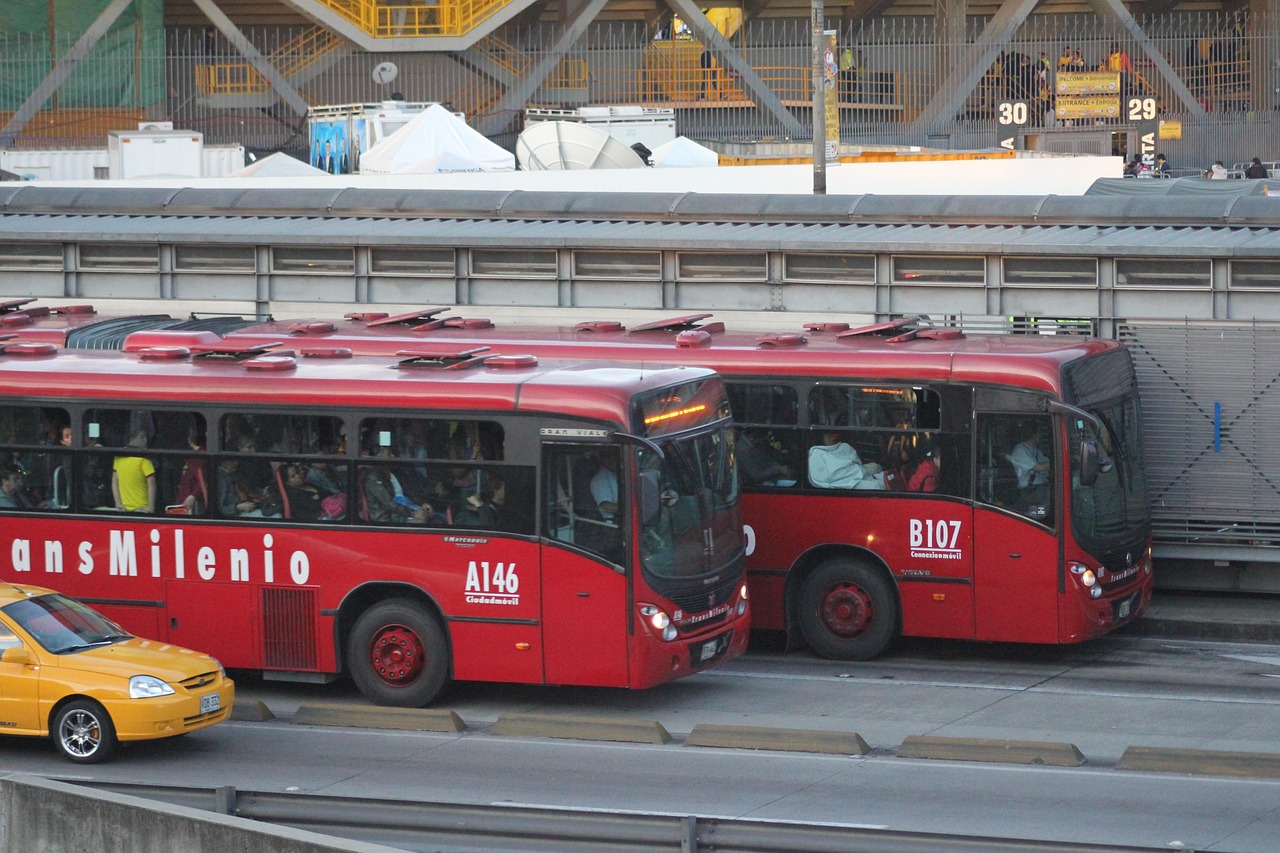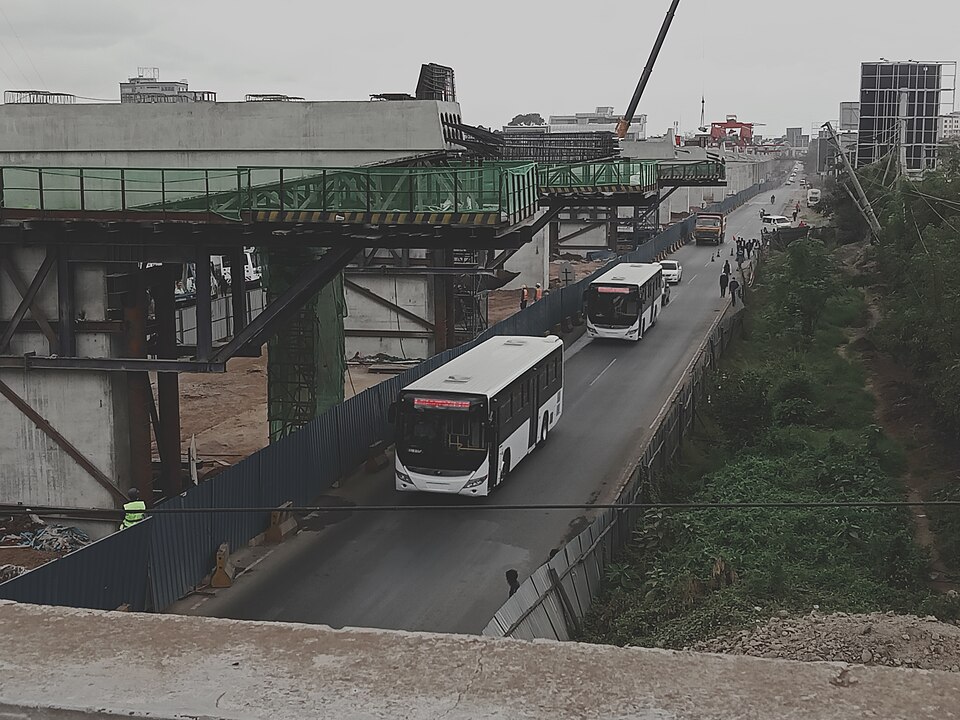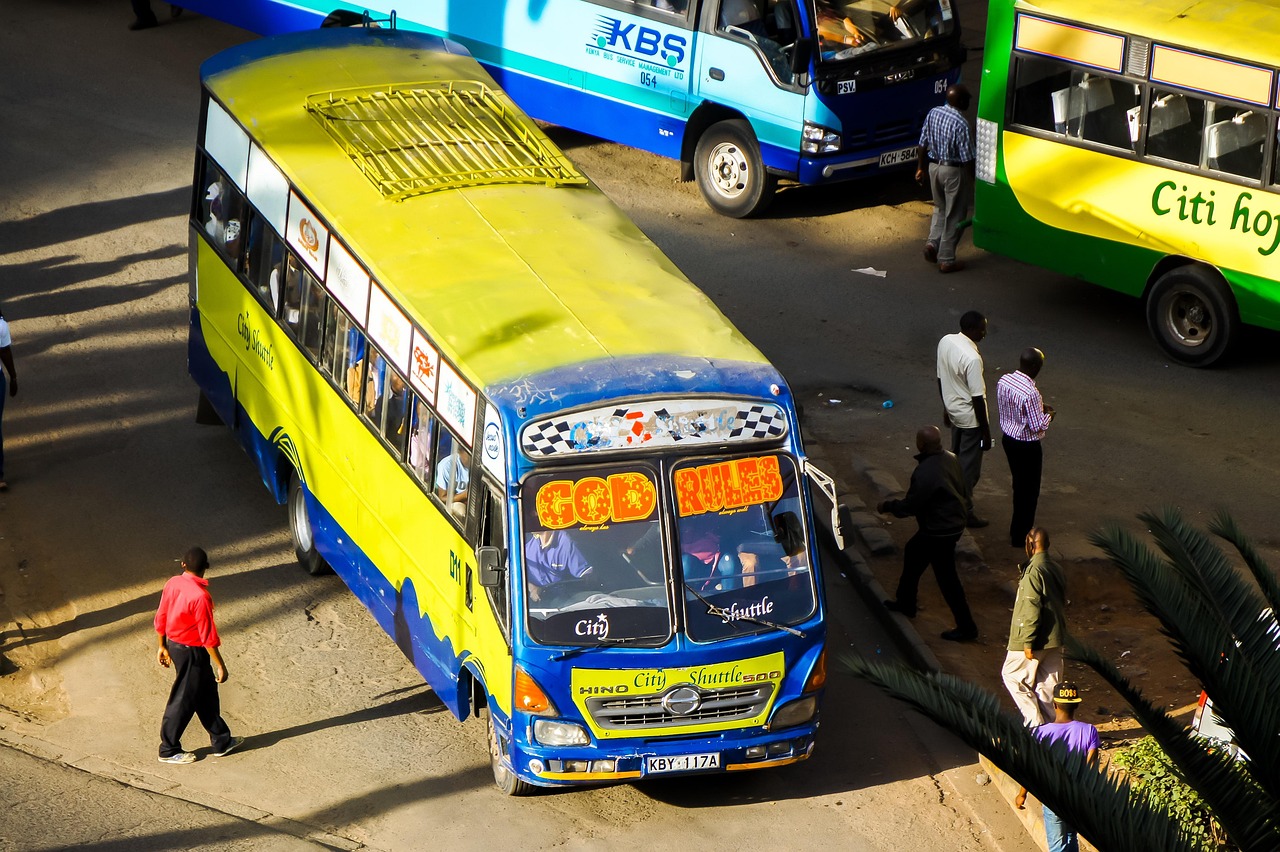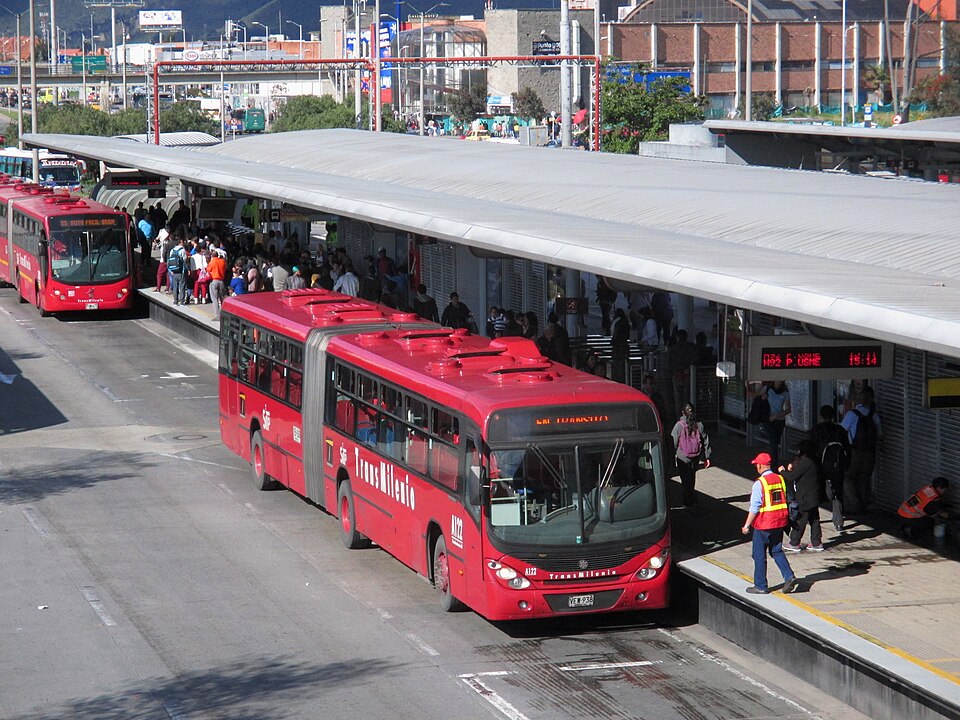Nairobi Eyes Colombia’s BRT Model to Solve Its Traffic Crisis
To address its chronic traffic congestion, Nairobi is relying on Colombia’s BRT model, which is globally renowned as a template for transit efficiency.
A Global Benchmark for Urban Mobility
Like many growing cities, Nairobi has long struggled with traffic gridlock, overcrowded public transport, and slow commuting times. In a bold step toward transformation, Kenyan officials are now studying the success of Colombia’s BRT model—specifically, Bogotá’s celebrated TransMilenio system—as they work on creating a Bus Rapid Transit (BRT) model to tackle Nairobi’s traffic jam.
The initiative comes amid increased recognition that sustainable, well-planned public transit can unlock economic productivity, improve urban living conditions, and reduce environmental degradation.
Why Colombia’s BRT Model?
Bogotá’s TransMilenio is considered a model BRT system worldwide. Launched in 2000, it rapidly reshaped urban transportation with its dedicated lanes, high-capacity buses, smart ticketing, and synchronised schedules. According to the World Bank, the system now transports over 2 million people daily, cutting commute times by 32% and emissions by 40%.
Kenyan transport planners are particularly impressed by its:
- Cost-effectiveness compared to rail or metro systems.
- Speed and reliability.
- Environmental benefits from reduced fuel use and CO₂ output.
Drawing on the success of Colombia’s BRT model, Nairobi aims to replicate key design principles such as high-frequency buses, express lanes, and station infrastructure to streamline commuting for its 4.4 million residents.

Nairobi’s Traffic Crisis: A Long-Standing Urban Dilemma
Nairobi’s roads are congested with an estimated 400,000 vehicles daily, causing up to $1 billion in annual economic losses due to time wastage and fuel consumption, as highlighted in a study by the Nairobi Metropolitan Area Transport Authority (NaMATA).
Efforts to modernise public transportation have included matatu regulations, road expansions, and flyovers—but these measures have largely failed to resolve the structural inefficiencies of an uncoordinated transport network.
Kenya’s Vision 2030 blueprint points out the need for Mass Rapid Transit (MRT) solutions, with BRT considered a cornerstone of the city’s public mobility strategy.
Adapting the Model to Nairobi’s Context
While Colombia’s BRT model offers a tested blueprint, Nairobi’s planners acknowledge that a simple copy-paste won’t work. “What we need is not just adoption but adaptation,” said a NaMATA official during a recent media briefing.
Key adaptations being considered include:
- Integration with informal transport systems like matatus.
- Local fare affordability.
- Digital ticketing is compatible with Kenya’s mobile money ecosystem.
- Infrastructure to support Nairobi’s irregular urban planning.
There are also efforts to ensure gender-sensitive design and the safety of women and children, as seen in Bogotá’s updated station designs.

Government Commitment and International Partnerships
Kenya’s Ministry of Transport has signed collaboration agreements with several international bodies, including UN-Habitat and the Institute for Transportation and Development Policy (ITDP), to draw technical insights from successful BRT cities like Bogotá, Istanbul, and Curitiba.
In early 2025, a delegation of Kenyan engineers and urban planners visited Bogotá on a fact-finding mission. The team is now working with local consultants to finalise the master plan for Nairobi’s BRT corridors. Outer Ring Road, Ngong Road, and Thika Superhighway were identified as initial deployment routes.
The government has recently initiated discussions with development financiers such as the African Development Bank (AfDB), the Japan International Cooperation Agency (JICA), and the World Bank to support the initial capital-intensive phases.
Public Reception and Skepticism
While Nairobi’s BRT model has generated excitement, it also faces skepticism. Concerns range from potential displacement of informal transit workers to corruption risks in infrastructure contracts.
Civil society groups have called for transparency, community engagement, and pilot phases before full-scale rollout. “The lessons from Colombia include not just technology but citizen involvement and accountability,” said urban planning advocate Anne Mutahi in an opinion piece published in The Standard.
NaMATA has assured the public that the BRT development will be participatory, inclusive, and socially conscious, particularly when integrating the interests of matatu operators who currently serve over 70% of Nairobi’s commuting population.

Strategic and Environmental Implications
If implemented successfully, Nairobi’s BRT system could:
- Reduce daily commute times by 30–40%.
- Lower transport-related emissions significantly.
- Save millions in fuel costs and productivity losses.
- Spur urban development along transport corridors.
Moreover, it aligns with Kenya’s climate commitments under the Paris Agreement and the National Climate Change Action Plan (NCCAP), supporting sustainable urbanisation and low-carbon mobility.
Data from ITDP shows that BRT systems globally reduce greenhouse gas emissions by an average of 40–60%, depending on the level of fleet modernisation and power source. Nairobi could potentially eliminate over 100,000 tons of CO₂ emissions annually by transitioning to BRT with a focus on electric and hybrid buses.
What Lies Ahead for Nairobi’s Mobility Vision
Construction of BRT infrastructure is scheduled to begin in phases, with financial backing from the African Development Bank (AfDB) and potential public-private partnerships. Pilot routes will be tested with phased matatu integration and digital payment trials.
NaMATA has announced plans to train drivers, integrate matatu SACCOs, and launch a public awareness campaign to boost acceptance and use of the new system. These measures are expected to ensure the success of the BRT rollout and its long-term sustainability.
A key metric for the Nairobi BRT project will be its ability to achieve reliability, accessibility, and affordability, without alienating the millions who rely on informal transport. Success here could establish Nairobi as a regional model for urban mobility transformation.
Stay Updated on Industry Trends
Nairobi is exploring Colombia’s BRT model to tackle its traffic jam, which is just one of many shifts transforming African urban infrastructure. We are building the future today, from sustainable transport to digital innovations in construction. For more expert insights and real-time industry news, visit ConstructionFrontier.com.





